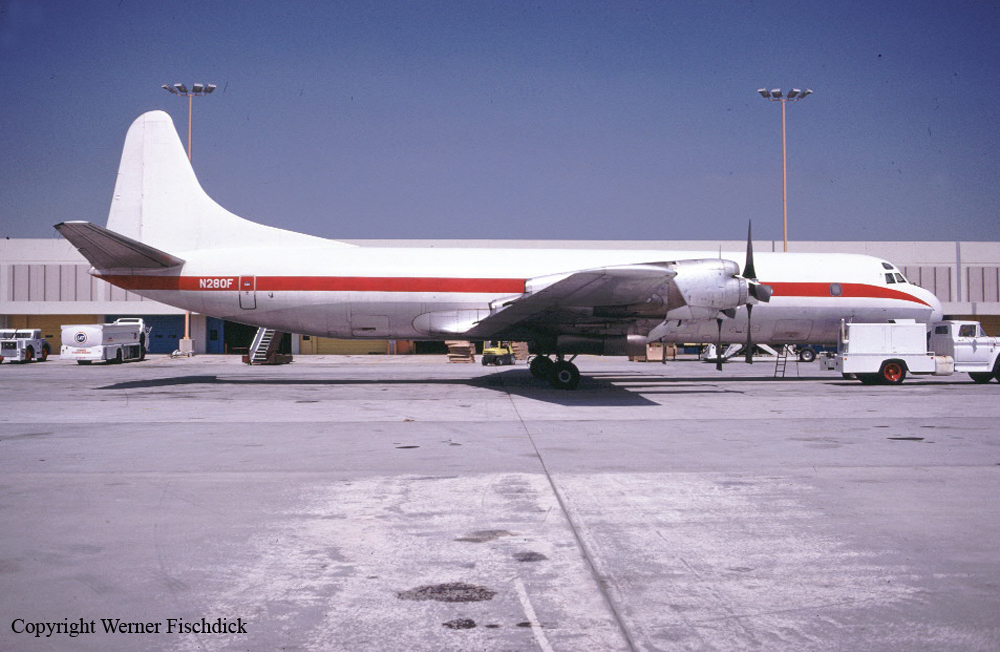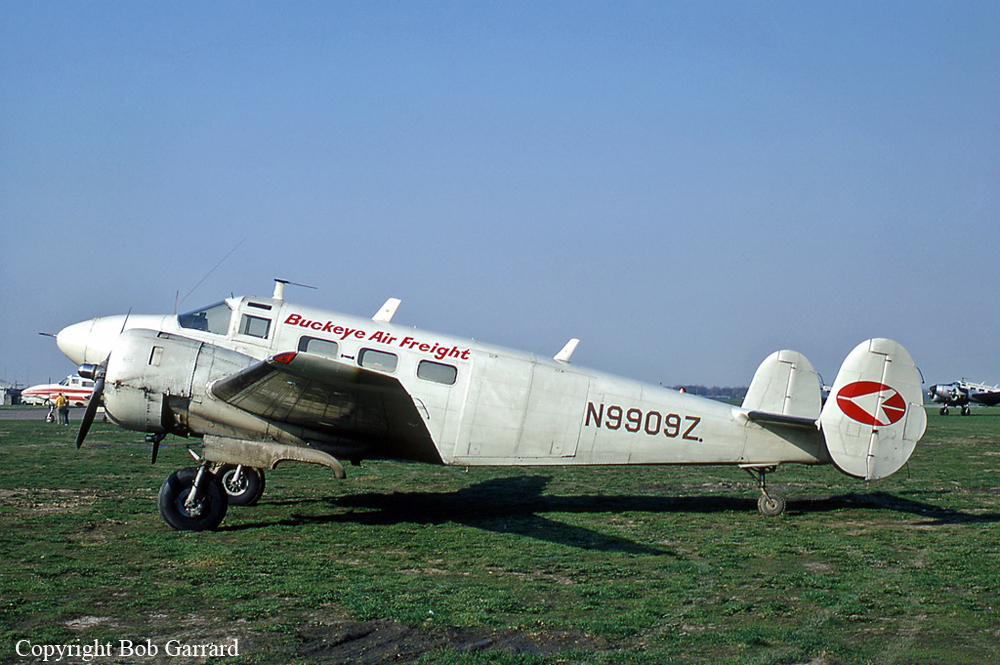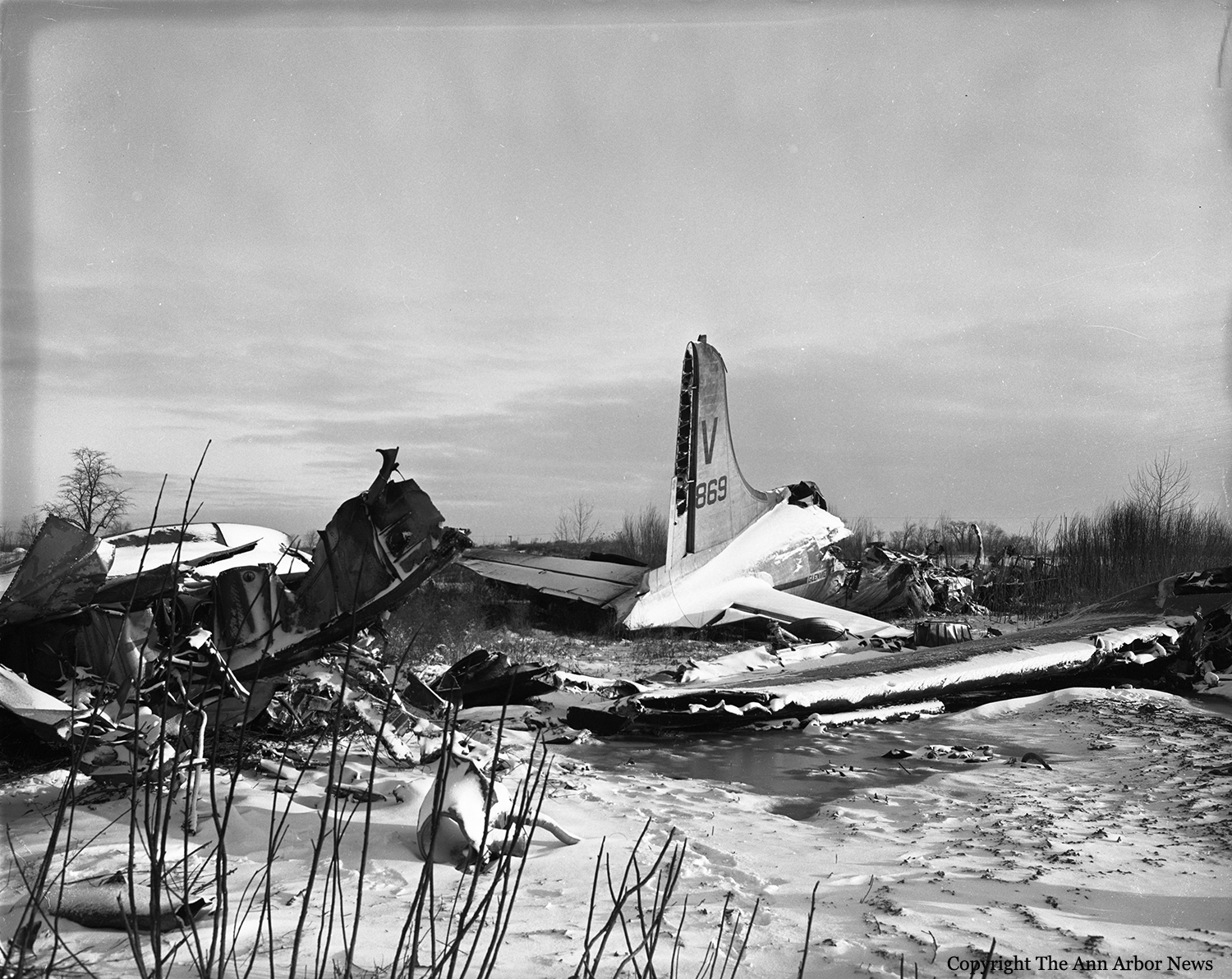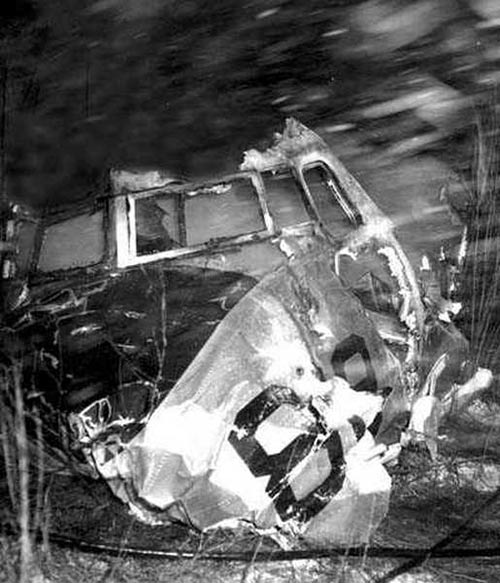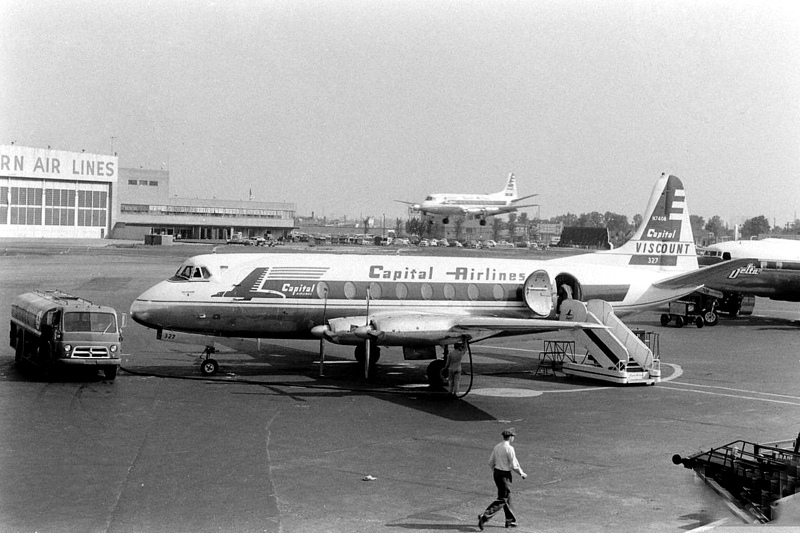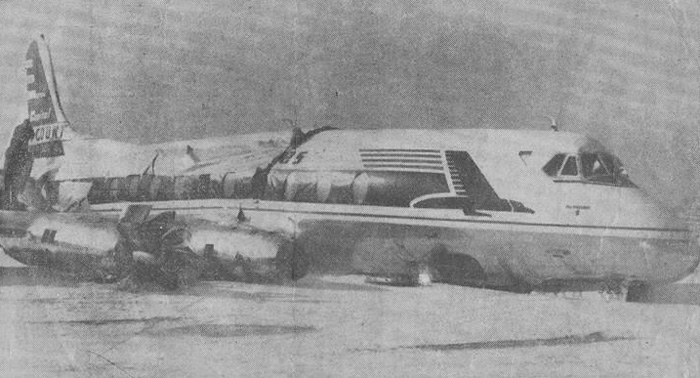Crash of a Lockheed L-188 Electra in Saint Louis: 3 killed
Date & Time:
Jul 6, 1977 at 2327 LT
Registration:
N280F
Survivors:
No
Schedule:
Saint Louis - Detroit
MSN:
1076
YOM:
1959
Crew on board:
3
Crew fatalities:
Pax on board:
0
Pax fatalities:
Other fatalities:
Total fatalities:
3
Captain / Total hours on type:
390.00
Circumstances:
The takeoff procedure was abandoned after the propeller on engine n°2 autofeathered. During the second takeoff, while in initial climb, the airplane entered an uncontrolled descent and crashed in flames by the runway. All three crew members were killed.
Probable cause:
Uncontrolled descent during initial climb due to unwanted thrust reversal on engine n°2. The following contributing factors were reported:
- The pilot-in-command exercised poor judgment,
- Attempted operation with known deficiencies in equipment,
- Failed to follow approved procedures,
- Thrust reversal unwanted,
- Oil exhaustion in propeller system,
- Propeller system: feathering pump - leakage,
- Inadequate maintenance and inspection,
- Deficiency, company maintained equipment, services, regulation,
- Pilot fatigue,
- Oil replaced improperly,
- Pump output o-rings bad.
- The pilot-in-command exercised poor judgment,
- Attempted operation with known deficiencies in equipment,
- Failed to follow approved procedures,
- Thrust reversal unwanted,
- Oil exhaustion in propeller system,
- Propeller system: feathering pump - leakage,
- Inadequate maintenance and inspection,
- Deficiency, company maintained equipment, services, regulation,
- Pilot fatigue,
- Oil replaced improperly,
- Pump output o-rings bad.
Final Report:
